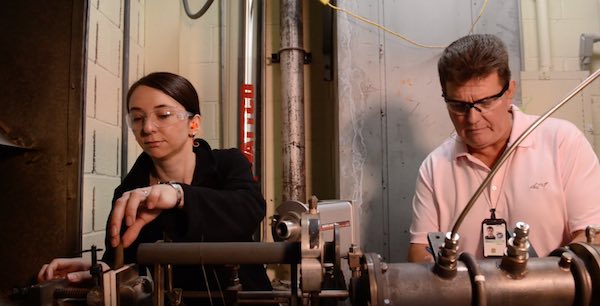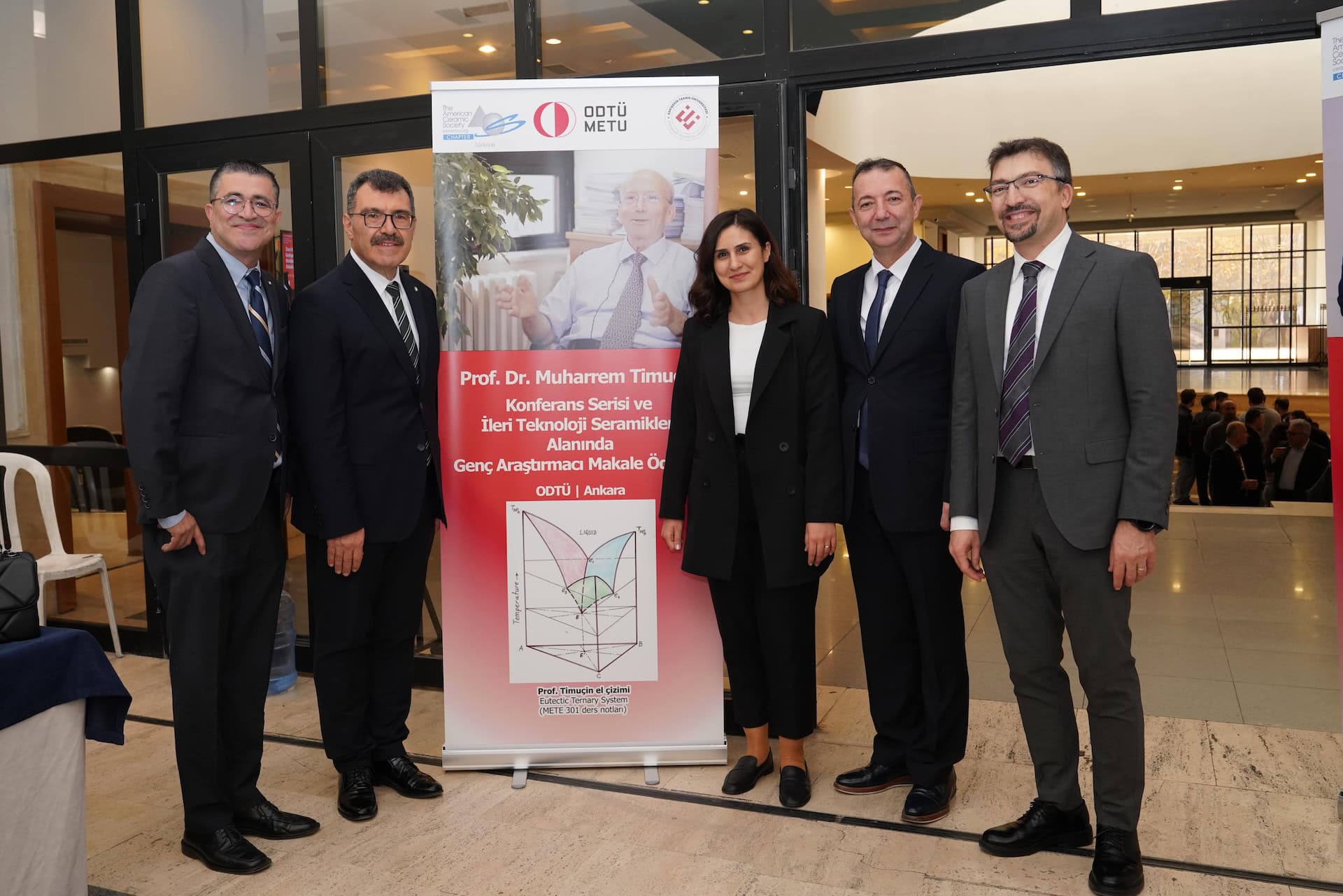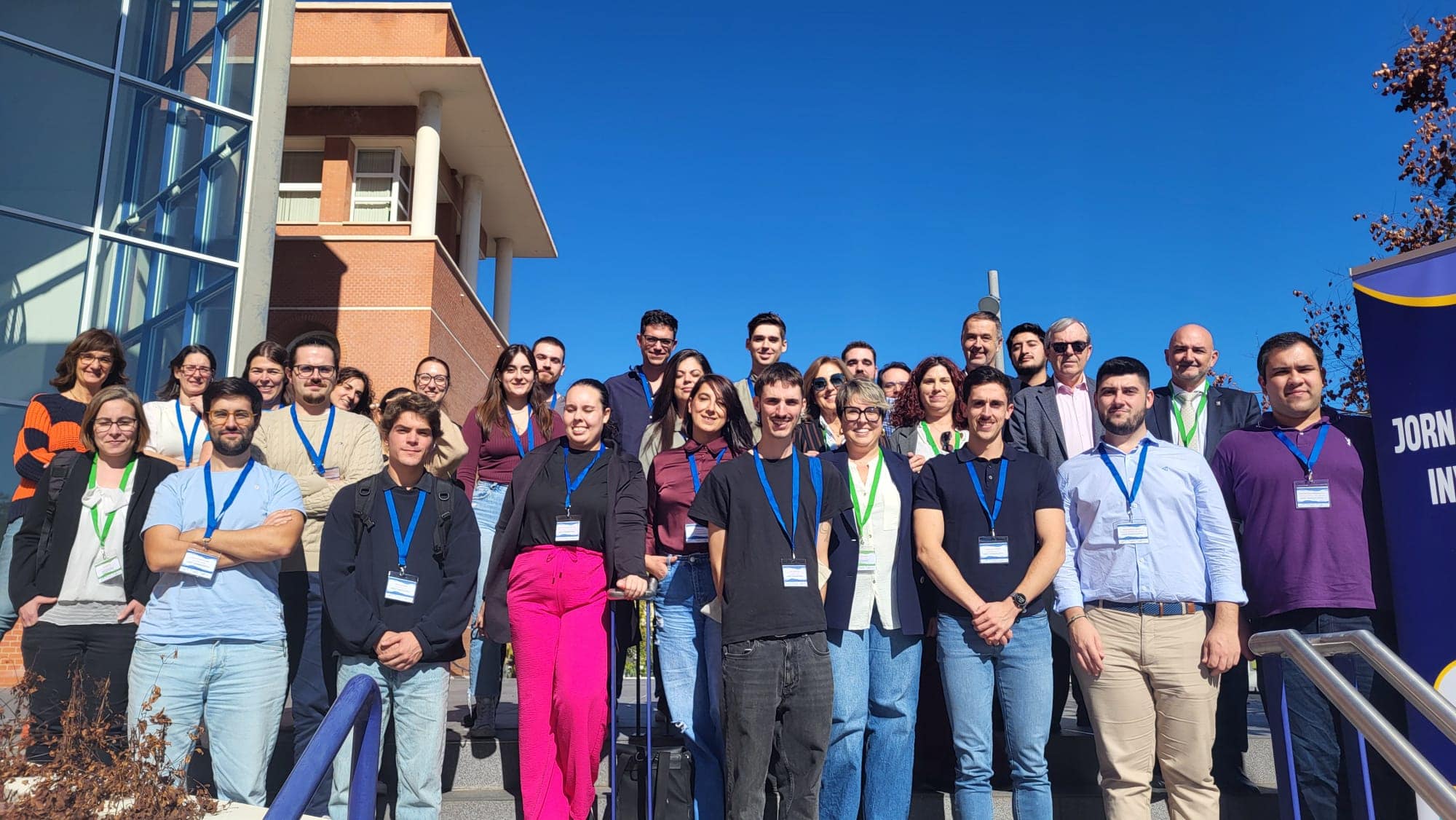
[Image above] Credit: NASA Glenn Research Center; YouTube
Ceramic matrix composites are one hot class of materials.
That’s because CMCs have such useful material properties, including higher operating temperature capabilities and lighter weights.
In turbine engines, those properties translate into better fuel economy and efficiency—which poises CMCs to potentially revolutionize the future of aerospace. So it’s not surprising that major aerospace companies are heavily investing in CMC manufacturing capabilities.
But there’s still a lot to learn about this interesting class of materials.
ACerS member Valerie Wiesner, a materials engineer at NASA Glenn Research Center in Cleveland, Ohio, is one of the many scientists trying to fully unlock the potential of CMC materials.
At NASA Glenn, scientists and engineers like Wiesner evaluate mechanical and thermal properties of CMCs to ensure their safety and characterize their benefits over existing metal alloy components.
One way that the scientists test CMC components is with a burner rig, which blasts the materials with heat to simulate intense engine environments.
“We want to understand how CMCs and protective coatings can not only withstand high heat, but also environmental particle hazards such as dust, sand and volcanic ash,” Wiesner says in a recent NASA news story. “This is important because, as aircraft engine temperatures increase to promote fuel efficiency, sand, when it’s ingested into an engine, can actually melt into glass and potentially cause power loss or failure.”
Hear more from Wiesner herself about the NASA Glenn research in the short NASA video below.

Credit: NASA Glenn Research Center; YouTube
Author
April Gocha
Spotlight Categories
- Member Highlights


